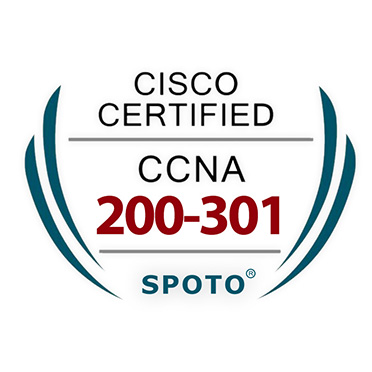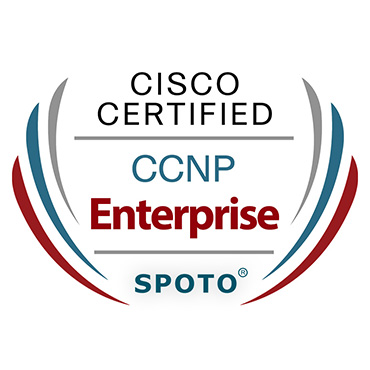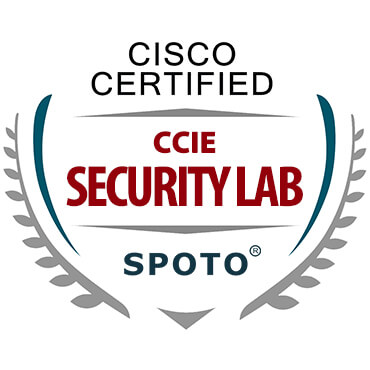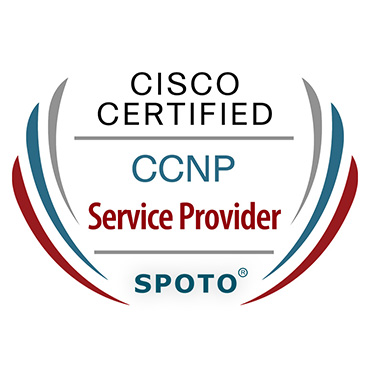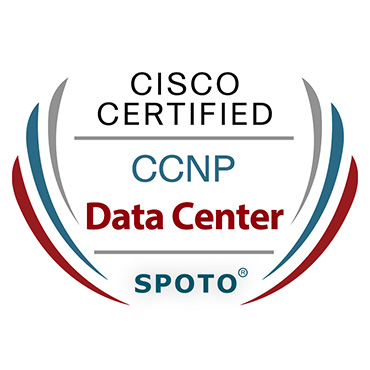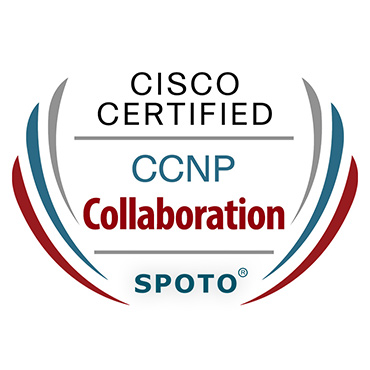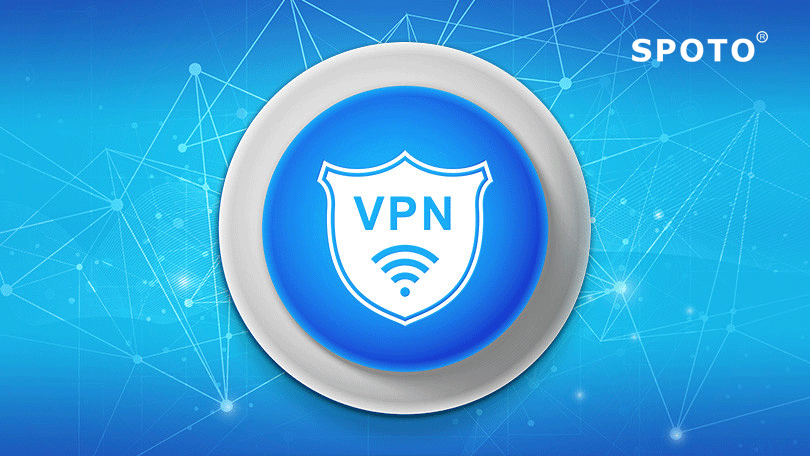As the need to link various Layer 2 services to one another for expanded service offerings is growing, Layer 2 MPLS (Multiprotocol Label Switching ) VPN services are going to increase in demand.
Implementing an L2VPN on a router could be considered quite similar to implementing a VPN utilizing Layer 2 technology such as Asynchronous Transfer Mode (ATM) or Frame Relay. However, for an L2VPN on a router, traffic is forwarded to the router in a Layer 2 format. It would be carried by MPLS over the service provider's network and then converted back to Layer 2 format at the site receives. You could configure different Layer 2 formats at the sending as well as receiving sites. The security and privacy of an MPLS L2VPN are equal to those of an ATM or Frame Relay VPN. The service provisioned with L2VPNs is also known as Virtual Private Wire Service (VPWS). Gaining knowledge of the L2VPN as well as their advantages, so as to be better at your Lab Exam at Cisco, another thing that you could do is to gain the training courses of SPOTO.
On an L2VPN, routing occurs on the customer’s routers, typically on the customer edge (CE) router. The CE router connected to a service provider on an L2VPN must select the appropriate circuit on which to send traffic. The provider edge (PE) router that would be receiving the traffic would send it across the service provider’s network to the PE routers which are connected to the receiving site. The PE routers wouldn’t be needed to store or process the customer’s routes; they would only be needed to configure to send data to the appropriate tunnel.
For an L2VPN, customers need to configure their own routers to carry all Layer 3 traffic. The service provider needs to know only how much traffic the L2VPN will need to carry. The service provider’s routers carry traffic between the customer’s sites using L2VPN interfaces. The VPN topology is going to determine by policies configured on the PE routers.
Implementing an MPLS L2VPN would be including the following benefits:
• Service providers do not have to invest in separate Layer 2 equipment to provide L2VPN service. A Layer 2 MPLS VPN allows you to provide L2VPN service over an existing IP and MPLS backbone.
• You could configure the PE router in order to run any Layer 3 protocol in addition to the Layer 2 protocols.
• Customers who have preferred for the maintenance of controlling over most of the administration of their own networks might wish for L2VPN connections with their service provider instead of a Layer 3 VPN.
• Because L2VPNs use BGP as the signaling protocol, they have a simpler design and require less overhead than traditional VPNs over Layer 2 circuits. BGP signaling also enables the autodiscovery of L2VPN peers. L2VPNs are similar to BGP or MPLS VPNs and VPLS in many respects; all three types of services employ BGP for signaling.
• Terminating an L2VPN into an L2VPN using the interworking (iw0) software interface which would be eliminating the limitation of bandwidth on the tunnel interfaces which would be used for these configuration scenarios. Instead of using a physical Tunnel PIC for looping the packet that would be received from the L2VPN to another L2VPN, Junos OS would be utilized to link both the L2VPN routes.
• L2VPNs would be enabling the sharing of a provider's core network infrastructure between IP and L2VPN services, which would reduce the cost of providing those services. A Layer 2 MPLS VPN allows you to provide L2VPN service over an existing IP and MPLS backbone.
If you wish to have more knowledge about the L2VPN, enroll yourself into the preparation courses offered by the SPOTO.

 Join Telegram Study Group ▷
Join Telegram Study Group ▷
